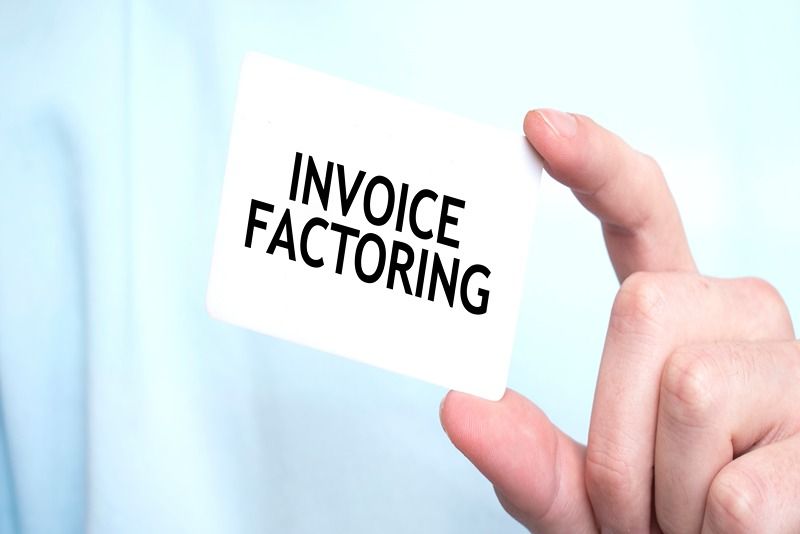India’s micro, small, and medium enterprises (MSMEs) routinely struggle with working capital shortages. Delayed payments averaging 60 to 90 days or more, create liquidity gaps that jeopardise daily operations. According to the Ministry of MSME, over 45% of invoices issued by MSMEs are not paid on time.
To address this chronic liquidity challenge, a growing number of MSMEs are turning to invoice factoring. Unlike conventional loans, factoring allows businesses to convert receivables into cash almost instantly without adding debt or risking collateral.
What is invoice factoring?
Invoice factoring is a financial arrangement wherein a business sells its outstanding invoices to a third party (the “factor”) at a discount. The factor advances 75–90% of the invoice value, takes over collection from the customer, and remits the remaining balance (minus a fee) once the payment is received.
Unlike term loans or overdrafts, factoring is based on the customer’s credit risk, not the business’s own track record. This makes it especially appealing to young firms or those with limited access to formal credit.
Why MSMEs prefer factoring over loans
Faster access to capital
Fintech-led factoring platforms such as KredX, M1xchange, and Invoicemart can disburse funds within 48 to 72 hours, versus several weeks for term loans.
No need for collateral
Factoring relies on trade receivables, allowing MSMEs to raise funds without pledging physical assets. This supports balance sheet stability and preserves future borrowing capacity.
Focus on buyer risk
Factors assess the creditworthiness of the buyer—not the MSME. This opens doors for suppliers to large corporates or government buyers with long but reliable payment cycles.
Outsourced receivables management
With the factor handling collections, MSMEs can focus on operations and reduce administrative overheads.
India’s factoring market: small but growing fast
India’s factoring market was valued at approximately $133 billion in 2024, with forecasts projecting it to reach $212 billion by 2033, according to IMARC Group. Globally, factoring contributes 11% to GDP in the UK and up to 15% in China, but less than 0.2% in India.
The Factoring Regulation (Amendment) Act, 2021 opened the sector to more NBFCs, significantly expanding MSME access to factoring services.
Digital acceleration via TReDS
The Trade Receivables Discounting System (TReDS), introduced by the Reserve Bank of India, has digitised invoice discounting across government-approved platforms. TReDS facilitates transparent, auction-based bidding for invoices, bringing MSMEs, corporates, and financiers onto a unified platform.
Over ₹60,000 crore worth of invoices were discounted via TReDS in FY 2022–23 alone.
Case study: SBI Global Factors and Cash invoice
In FY 2024–25, Cash invoice partnered with SBI Global Factors to disburse over ₹3,000 crores to 100+ MSMEs across Tier-2 and Tier-3 cities. This initiative reflects the widening reach of digital factoring solutions beyond urban hubs.
Ideal use cases for invoice factoring
Manufacturing firms supplying to large OEMs
Construction subcontractors with staggered payouts
Exporters facing 90–120-day foreign payment terms
Traders in seasonal businesses with cash flow troughs
Risks and considerations
Cost of finance
Typical factoring fees range from 1.5% to 4% of invoice value. Businesses must evaluate this against net profit margins.
Customer relationship management
Since the factor engages directly with buyers, clear communication and professional handling are crucial to avoid reputational risks.
Recourse vs non-recourse factoring
In recourse agreements, the MSME bears the risk if the buyer defaults. Non-recourse offers protection but comes at a premium cost.
Conclusion: a liquidity strategy, not a stopgap
Invoice factoring is no longer a fringe financing tool, it is becoming a mainstream liquidity strategy for MSMEs that need speed, flexibility, and control. With regulatory backing, digital platforms, and growing market confidence, invoice factoring is helping Indian MSMEs stay resilient, invest in growth, and bridge working capital gaps without increasing financial leverage.
As access improves and awareness spreads, factoring will play a crucial role in powering India’s $1 trillion MSME economy.




 +91 7208055523
+91 7208055523
 Help & support
Help & support
